
Summer is the perfect time for Rosé wine: beautiful, refreshing, and bursting with flavors of fresh strawberries and other delicious fruit. It's a fantastic complement to light dishes, making it a popular choice for warm-weather gatherings.
Rosé has become a global phenomenon, attracting a devoted following. But how many of these fans are truly familiar with the vast diversity of Rosé? There's a whole world to explore within this seemingly simple pink drink. Different types of Rosé exist, with a spectrum of shades ranging from the palest blush to a deeper, more pronounced pink. The grape varietals used can vary greatly, and the winemaking techniques employed to craft Rosé can be quite diverse as well.
Mastering these factors opens the door to a world of delicious discoveries. Each rosé style offers a unique taste adventure waiting to be explored. What delicious dishes will unlock the magic of different Rosé styles, creating a perfect summer feast?
And finally, the age-old question: who deserves our gratitude for this delightful "drink of the gods"? Let's delve deeper and discover the fascinating world of Rosé!
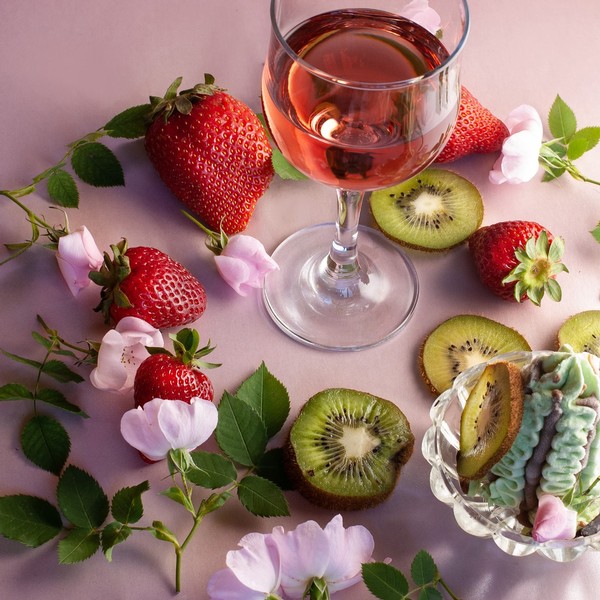
Beyond the Blush: Unveiling the Colors of Rosé
Unlike what many believe, the captivating pink color of Rosé doesn't directly indicate sweetness. It's all about the relationship between red grape skins and the juice during fermentation. The briefer the contact, the paler the pink. Conversely, longer contact results in deeper shades. This delicate dance unlocks a fascinating spectrum of Rosé styles:
Pale Pinks: Imagine a summer breeze carrying refreshing notes of mint, grapefruit, and strawberries. These characteristics are hallmarks of pale pink Rosés, often crafted from Pinot Noir, Carignan, or Zinfandel grapes. Their light body makes them perfect companions for grilled vegetables, lighter seafood dishes, or simply enjoying a sunny afternoon.
Blush Pinks: Merlot, Grenache, and Sangiovese grapes lend their personality to blush pink Rosés. These wines boast enticing flavors of sweet cherries, raspberries, and blood oranges. Their slightly fuller body allows them to stand up to richer dishes like creamy pastas, grilled chicken, or even lighter red meat stews.
Darker Pinks: For those seeking bolder flavors, darker pink Rosés crafted from Cabernet Sauvignon or Tempranillo grapes offer a delightful surprise. Dark berry notes mingle with hints of spice, creating a complex flavor profile. These robust Rosés can hold their own against grilled meats or poultry.
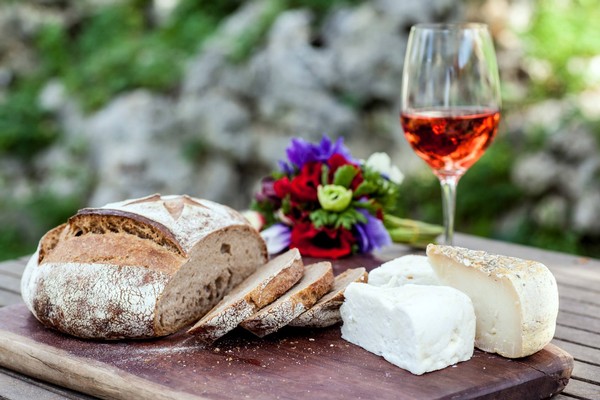
Making Rosé: Exploring the Techniques
The final shade of a Rosé isn't just about the grape varietals used. Winemaking techniques have a major impact on the color. Let's explore the four main ways Rosé is made:
Maceration: This popular method involves allowing red grape skins (called “must”) to rest briefly with the clear juice. This "soaking" extracts color, flavors, aromas, and structure from the skins, resulting in a deeper pink wine with bolder personalities and pronounced flavors.
Direct Press: In this speedy approach, the red grape skins have minimal contact with the juice, similar to making white wine. A hint of color remains, creating the lightest-colored Rosés, like pale-salmon, with refreshing citrus notes and delicate strawberry hints. Specific flavors can vary by grape type.
Saignée (or "Bleeding"): This less common technique borrows from red wine production. During the early stages, some juice is "bled" off, or simply extracted, and used to create Rosé in a separate vat. This method can yield unique rosés with distinct personalities, often resulting in some of the best-aging Rosés as well as the darkest and most tannic ones.
Blending: While seemingly simple (red + white = Rosé!), blending fermented red and white wines is prohibited in most European wine regions (AOP) with strict regulations. The exception? Champagne! Here, blending is the preferred method for crafting their iconic Rosé Champagne. In some New World regions with less rigid rules, blending can also be used to create Rosés, offering a range of styles.

A Culinary Chameleon: Rosé's Unexpected Pairing Power
Rosé's versatility extends far beyond its refreshing summer appeal. Its ability to pair beautifully with a wide range of foods makes it a true culinary chameleon. Here's a glimpse into the world of food and Rosé pairings:
Light and Fresh: Take your next barbecue to the next level! Lighter-bodied Rosé styles complement grilled vegetables, fresh salads, and delicate seafood dishes like seared scallops or grilled salmon.
A Touch of Spice: Don't shy away from bolder flavors! Rosés can handle the heat of spicy cuisine. Experiment with Indian curries, Thai stir-fries, or even Mexican dishes.
Mediterranean Match: Rosé shines alongside the vibrant flavors of the Mediterranean. Explore pairings with Greek moussaka, Lebanese mezze platters, Israeli falafel, or a simple plate of hummus and grilled vegetables.
Beyond Summer: While Rosé is a perfect wine for warm weather, its versatility extends year-round. Explore pairing darker Rosés with stews, roasted vegetables, or even grilled lamb.
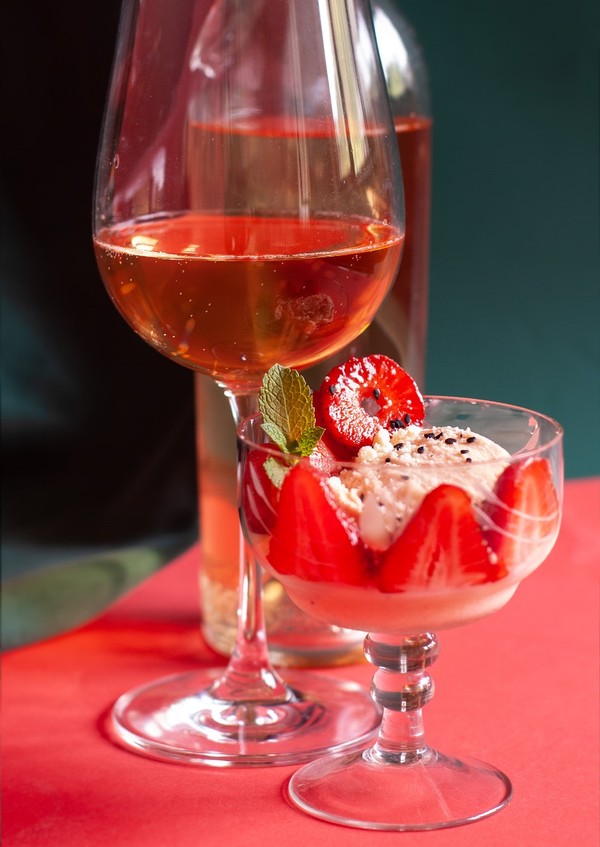
Respecting the Chill
To fully appreciate the delicate flavors and aromas of Rosé, temperature matters. Treat Rosé like a white wine, serving it between 44-55°F. This allows the wine to unfold its complexities, ensuring a delicious experience with every sip.
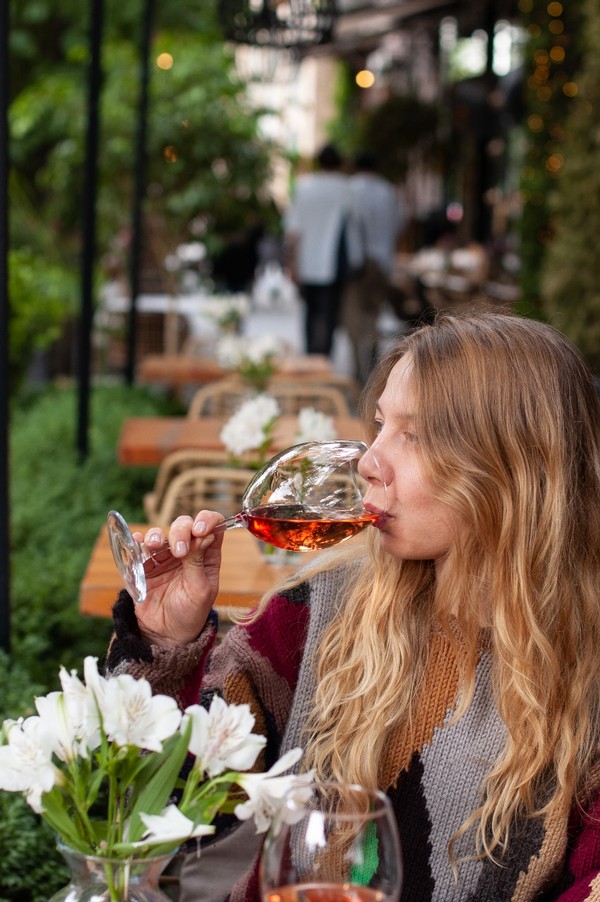
Uncork the joy of summer with a glass of Rosé! Unlike many red wines, Rosé is meant to be savored young, bursting with vibrant flavors and enticing aromas. Think of it as a bouquet of freshly picked flowers.
Vintages 2022 and 2023 are your prime targets! Rosé's popularity means these may not last until winter. So, embrace the season and embark on a delightful Rosé adventure.

A Toast to the Past: The Enduring Legacy of Rosé
Uncorking the history of Rosé takes us on a journey that may stretch back millennia, possibly to the very beginnings of wine itself. Some scholars believe the earliest wines, made by simply fermenting grapes with the skins on, were inherently pink. While it's unlikely they tasted like the refined Rosés we know today, it hints at Rosé's claim as one of the most ancient forms of wine.
The documented history of Rosé wine begins with the Greeks from Phocaea (ancient Ionian Greek city, modern-day Turkey) bringing wine grape vines to Massalia (modern-day Marseille in southern France) in the sixth century BC to make Rosé wine. They believed that pale pink wine was superior to either red or white. The people of the region now known as Provence embraced this new style of wine, further refining the methods and laying the groundwork for the region's long-standing reputation for Rosé production.
From Provence, Rosé's popularity spread throughout the Mediterranean. Winemakers in other countries experimented with this new style, and even the Romans, known for their love of full-bodied reds, found themselves captivated by Rosé's charm. This early adoption by Mediterranean cultures helps to explain why the region continues to be a source of some of the world's most exceptional Rosé wines today.

Beyond Provence: A World of Rosé Delights
While Provence may reign supreme in the world of Rosé, the sun-drenched shores of the Mediterranean hold a treasure trove waiting to be discovered. From Spain and Italy to Greece, the origin of Rosé, a tradition of crafting this ancient wine continues. Now, Israel, another sun-kissed Mediterranean nation with a rich winemaking history, is stepping into the spotlight with its own captivating selection of Rosés.
From vineyards nestled in Israel's high altitudes to those gracing the slopes overlooking the sparkling Mediterranean Sea, and even extending to the heart of the desert, Israel offers a diverse range of growing conditions. This variety results in unique and captivating Rosés, each with its own story to tell.
Here are five Israeli Rosés to tempt your taste buds, with options ranging from light and fruity to richer styles perfect for food pairings:
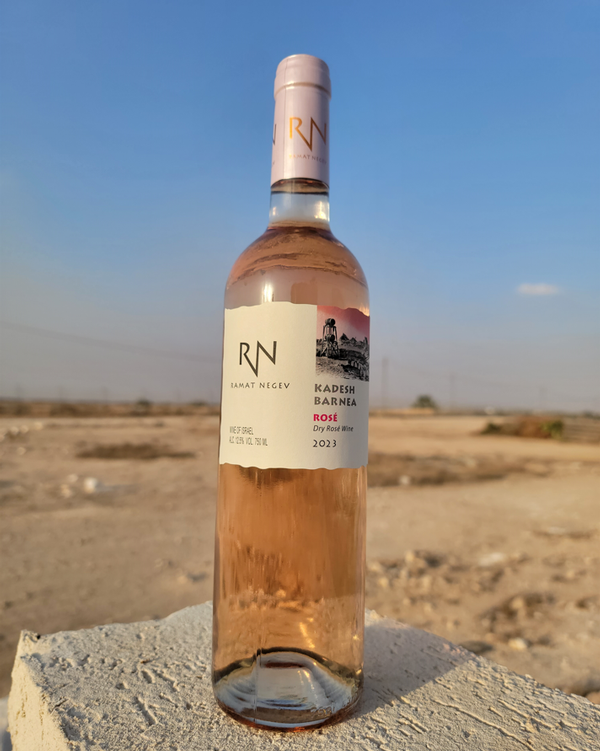
Ramat Negev Kadesh Barnea Rosé (Light & Fruity)
Made from 100% Cabernet Franc grapes, boasting a beautiful light pink-orange color.
A burst of strawberries with hints of grapefruit, raspberry, cranberry, and green apple.
Lively acidity keeps it refreshing, with a delightful mellow finish and a whisper of peach.
Perfect for fish, chicken, well-seasoned dishes, cheese platters (especially blue cheese), and even desserts!
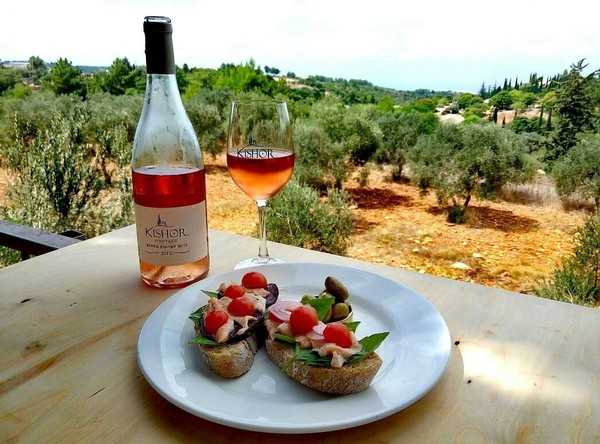
Kishor Rosé (Dry & Elegant)
Crafted from 100% Grenache grapes, offering a dry, graceful, and lively taste.
A beautiful salmon color with refreshing fruit notes.
Hints of summer red fruit, citrus, sun-kissed Mediterranean herbs, and a touch of minerality for perfect balance.
Ideal for appetizers like smoked salmon, cream cheese, and fresh puff pastry.

Capsouto Cuvée Eva Rosé (Provence-style)
This charming light-bodied Rosé evokes the essence of Provence with its beautiful salmon color and delicate flavors of berry fruit, apricot, pear, and pineapple.
Crisp acidity keeps it incredibly refreshing.
Pairs well with grilled or roasted vegetable dishes such as ratatouille, salads with fruit, and grilled seafood such as salmon or tuna.

Agur Rosé (Rich & Food-Friendly)
A blend of Mourvèdre, Grenache, Marselan, and Cabernet Franc, it boasts a medium body with fresh acidity.
Expect aromas of orange and lemon peel, Rosé petals, and minerality, followed by flavors of pear, peach, citrus, and red fruits.
Perfect for a wider range of dishes, from meat and fish to simply enjoying on its own near the pool.
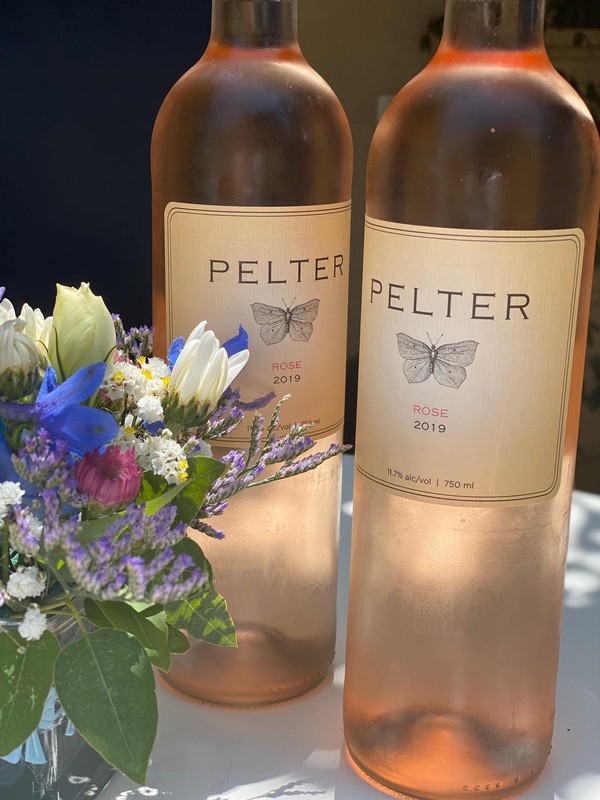
Pelter Rosé (Light & Refreshing)
Produced from Grenache, Sinsaou, and Counoise grapes, Pelter Rosé offers a light and refreshing drinking experience.
Delicate pink in color, it bursts with aromas and flavors of red grapefruit, strawberry, and lemon.
The soft, long finish makes it a perfect patio sipper.
A delightful partner to: seafood, salads, fresh fruit, and sweet pastries.
We're thrilled to announce a new shipment of fresh Rosés has just arrived!
Ready to explore? Discover all available Israeli Rosés here.